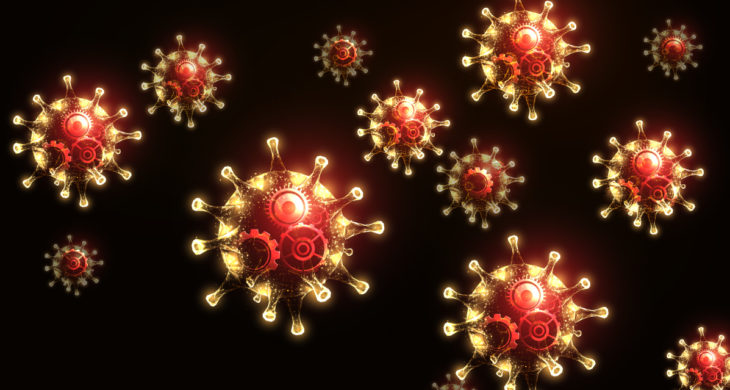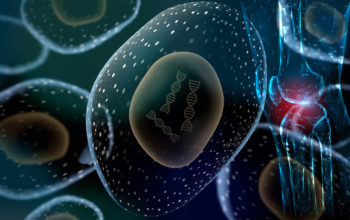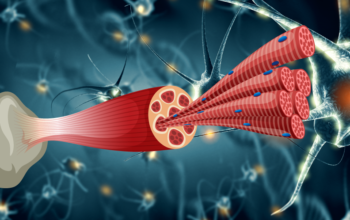
Date: 6th May 2020
Researchers and pharmaceutical companies around the world are working under intense pressure to develop vaccines and treatments for COVID-19 and to create efficient, scalable diagnostic tests for the virus. Now, researchers have used a yeast cell system to create a synthetic version of SARS-Cov-2, which is being employed by researchers globally in the fight against the pandemic.
During the early stages of any emerging viral disease, one limitation which can hinder the progress of medical interventions is access to the viral agent on which treatments, vaccines and testing are based. The ability to synthesise synthetic viruses therefore represents a major step forward however, this can be challenging as viruses are often difficult to clone. Coronaviruses are particularly difficult to clone in the most popular cloning organism E.coli, due to their large genome size and sporadic instability.
Now researchers led by Volker Thiel and Joerg Jores, from the University of Bern, Switzerland, have used a yeast-based synthetic genomics platform to reconstruct diverse RNA viruses, including SARS-CoV-2, in a paper published in Nature.
To begin with, overlapping fragments of SARS-Cov-2 genome were produced from synthetic DNA. The team then harnessed the ability of yeast to recombine the overlapping DNA fragments in cellulo, in a process called transformation-associated recombination (TAR). This reassembly of fragments, produced yeast artificial chromosomes or YACs, which encoded the synthetic virus. To create the infectious RNA virus the team used in vitro transcription (using T7 RNA polymerase) on the isolated YACs and the resultant RNA was electroporated into animal cells. Here the transcripts were utilised to assemble viral particles that were able to replicate and which were subsequently collected by the team.
The team also demonstrated the flexibility of the system by using the technique to create several different viruses, including the mouse hepatitis virus, MERS-CoV and ZIKA. They were also able to engineer fluorescently tagged viruses, and demonstrated the use of synSARS-CoV-2-GFP for antiviral drug screening by testing remdesivir, an emerging potential treatment for COVID-19. Showing a significant decrease in GFP expression when using it as a treatment with cells infected with synSARS-CoV-2-GFP. A similar result was seen with serum neutralisation assays, showing decreased GFP expression following incubation with convalescent human anti-SARS-CoV-2 serum compared to control sera.
Conclusions and future applications:
Whilst yeast have been used in the past for homologous recombination of some viruses, here the team have demonstrated the feasibility of this approach to rapidly generate full-length cDNAs for large RNA viruses that have a known history of instability in E. coli.
The key to the success here, was the breaking down of the genome into many smaller sized fragments – up to 19 overlapping fragments. This allowed the team to create the synthetic clones of SARS-CoV-2 exclusively from chemically synthesised DNA. Together with the high efficiency of TAR, this enabled the team to clone and rescue the synthetic virus within just one week.
The rapidity of the synthetic genomics approach to generate synthetic viruses makes the system a very attractive one in providing alternative solutions to health authorities, researchers and laboratories when access to clinical samples may be limited. We reported a few weeks ago that the new CRISPR-based antiviral PAC-MAN was developed without a live strain of SARS-Cov-2 due to lack of availability, access to a synthetic version would have undoubtedly be advantageous.
It may also play a valuable tool as a particular virus evolves, as it will enable the rapid introduction of sequence variations into the infectious clone allowing researchers to functionally characterise evolution, in real-time. With the existence of three major SARS-CoV-2 strains, and a further three additional strains potentially emerging, this may be a crucial tool for understanding and limiting the viruses devastating effects as it evolves.
Thiel’s group has reportedly supported many of the world’s diagnostic laboratories by providing the synthetic clones, allowing faster and more accurate testing of corona samples. They have also been contacted by many companies and researchers globally to test potential antiviral agents on the clones in the high-security laboratory. Could this synthetic virus be the key to the downfall of the ‘real’ SARS-Cov-2?
For more information please see the press release from the University of Bern
Thao, T. T. N., F. Labroussaa, N. Ebert, P. V’kovski, H. Stalder, J. Portmann, J. Kelly, S. Steiner, M. Holwerda, A. Kratzel, M. Gultom, K. Schmied, L. Laloli, L. Hüsser, M. Wider, S. Pfaender, D. Hirt, V. Cippà, S. Crespo-Pomar, S. Schröder, D. Muth, D. Niemeyer, V. Corman, M. A. Müller, C. Drosten, R. Dijkman, J. Jores and V. Thiel (2020). “Rapid reconstruction of SARS-CoV-2 using a synthetic genomics platform.” Nature.
https://doi.org/10.1038/s41586-020-2294-9


